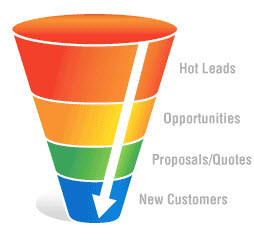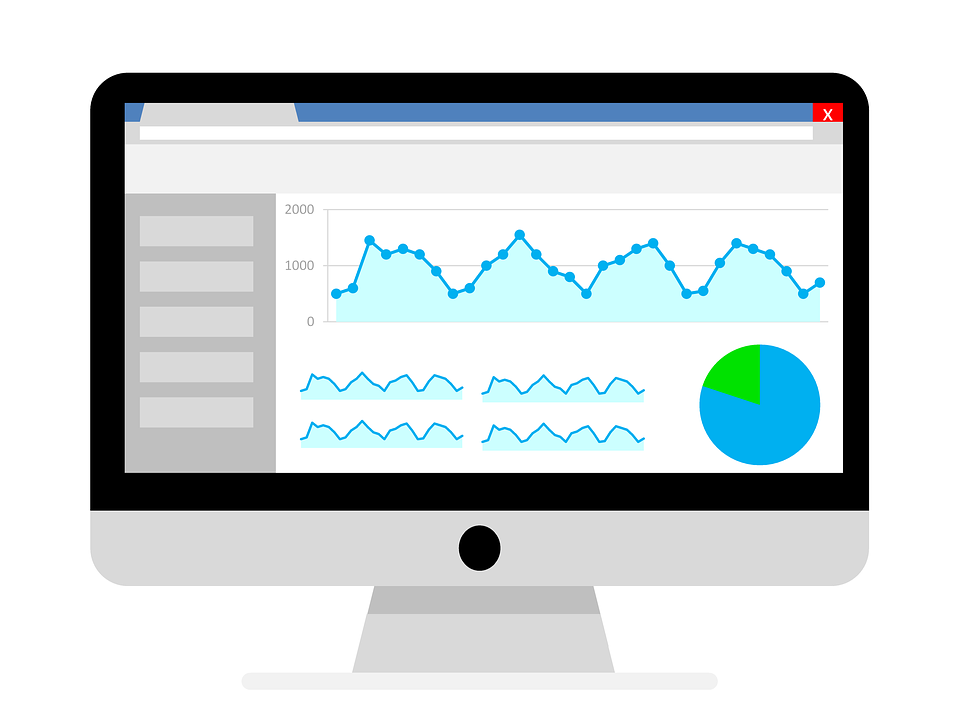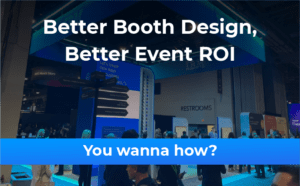Corporate events have an average spend of over $160,000 per event. And companies want to measure their returns, to justify similar budgets for future events.
Companies consider events as an ideal opportunity to build their sales pipelines. Because events tick a lot of boxes for them: A captive audience of prospects, infrastructure to demonstrate product value, and the overall ambience that’s conducive to making deals.
But the nature of the sales pipeline at events has changed. The introduction of digital tools has made measuring and tracking sales/marketing metrics accurate and transparent. Companies use tools to increase the reach of marketing, and the persuasiveness of the sales process. These tools have made it easier to build a pipeline at events, helping to build processes that any company can implement into their sales process.
What’s been puzzling is that change has been slow. Companies still use the traditional metrics such as social media engagement, badge scans and an assortment of other vanity metrics, and surveys with a sample size too small to be considered meaningful. Change is underway, but slowly.
The potential of events as a marketing channel
Companies have been using events as a channel to achieve these goals:
- Increase their customer base
- Account penetration and upselling to customers
- Gathering product feedback from customers/prospects
- To explore partnerships with other companies
- Finding vendors who offer the best services
This is an important first step in building sales pipeline at events, because companies need to define what exactly they hope to achieve from the event. Once the requirements are frozen, they can focus on their strategy to tackle it.
Organize events around your sales pipeline, not the other way around.

Instead of worrying about the superficial details at your event like the color-scheme, or the food choice, make sure that your event planning and strategy is centered around your sales pipeline.
Focus on the metrics that add to your company’s RoI at the event. The numbers that you want to move, are the metrics that get you closer to your sales goal. For example, look at the ratio of meetings with external attendees at the CxO/VP level. These meetings have greater potential to accelerate the sales pipeline, and would definitely be a priority for you.
The Importance of analytics

Companies analyze trends to improve their own processes, and to gain insights on what works and what doesn’t. But as stated above, measuring the right trends ensures the kind of results you’d want to show the CMO.
CRM at events – Squeeze the most out of your resources at your event
Meeting rooms, internal attendees are all valuable (and only) resources at an event. Event marketers, and sales executives need to maximize their value by using them efficiently. There are multiple tools that makes management easier at events, but that’s a blog for another day. These tools are designed to remove hassles and make it easier to conduct business at events, so do your research before you dive in.



